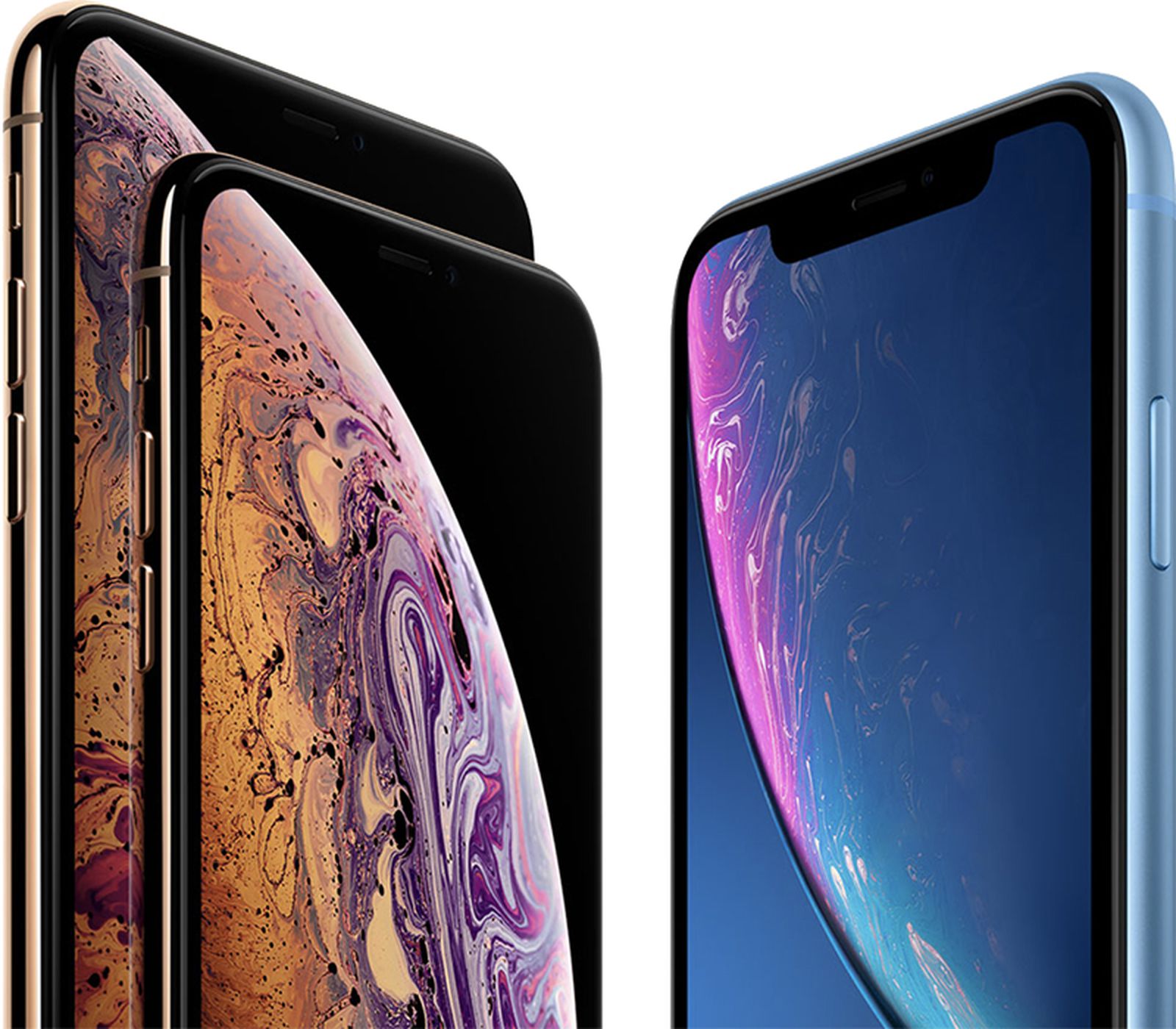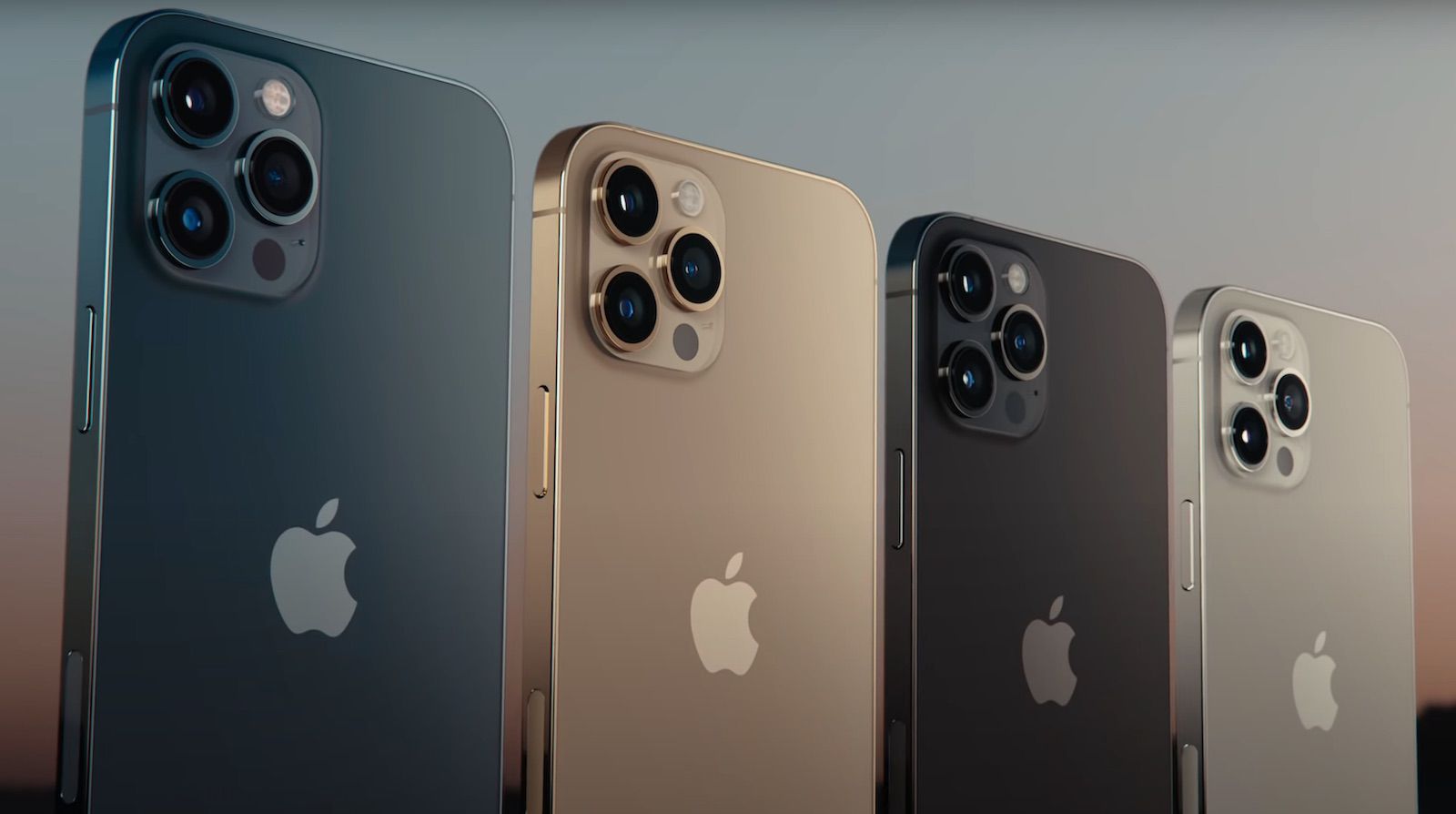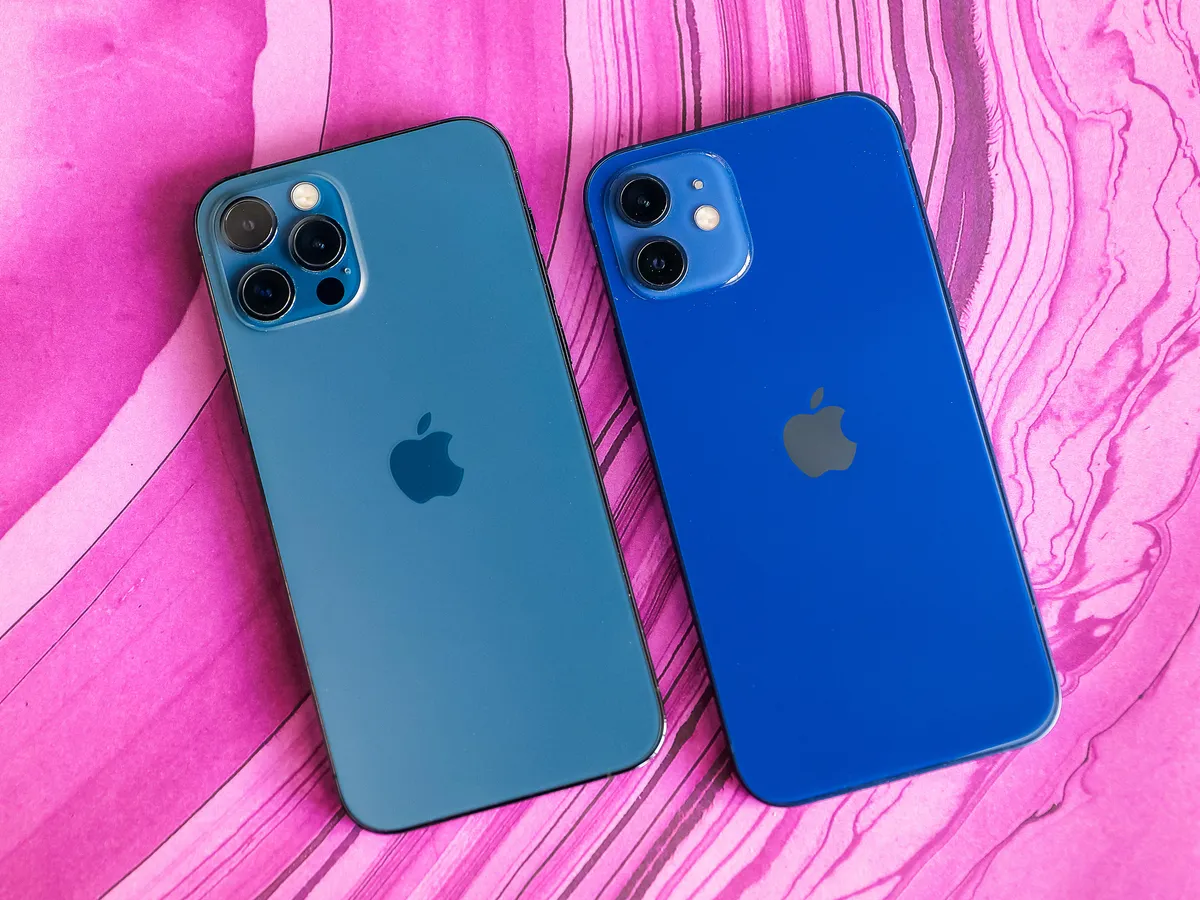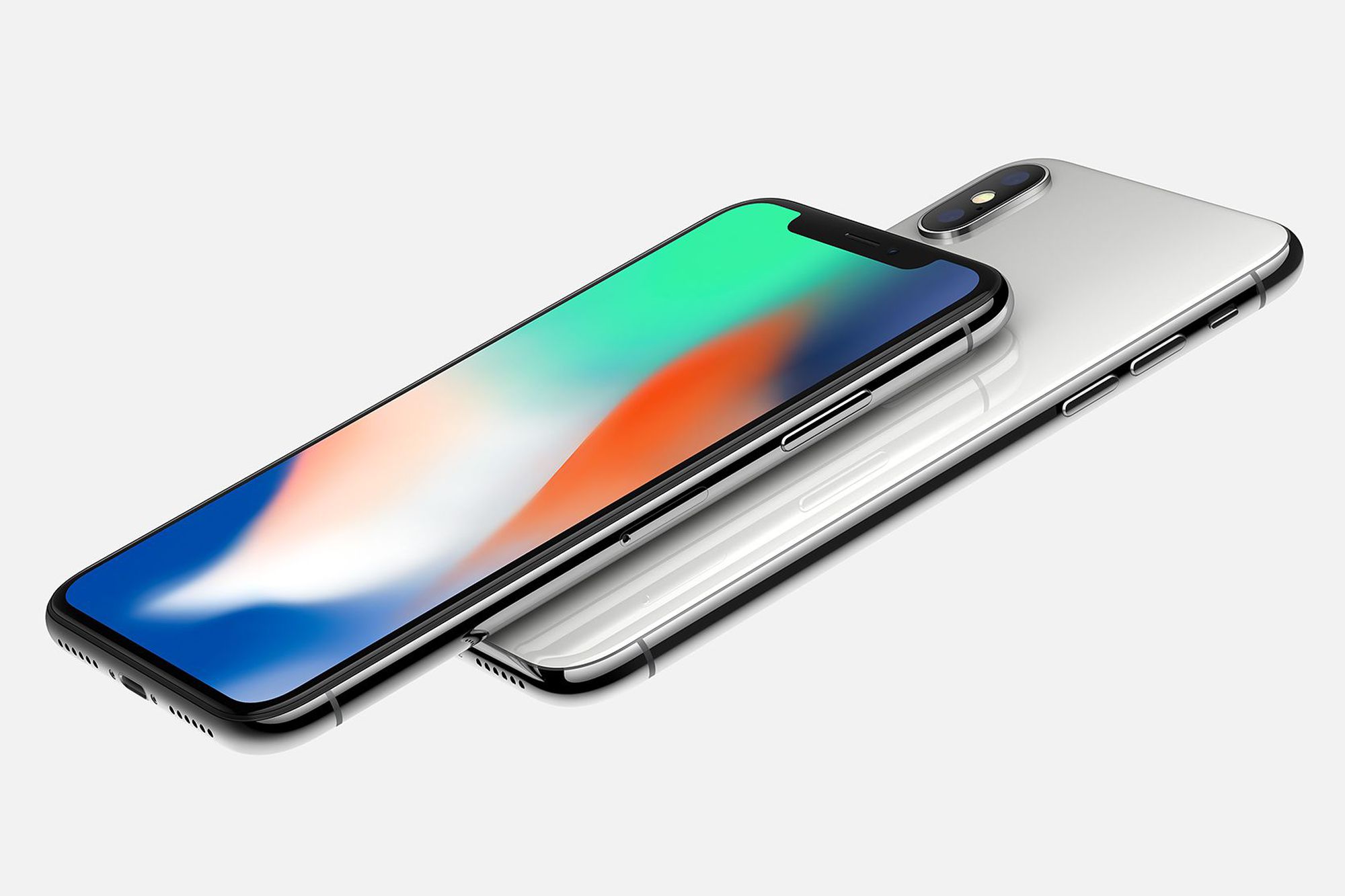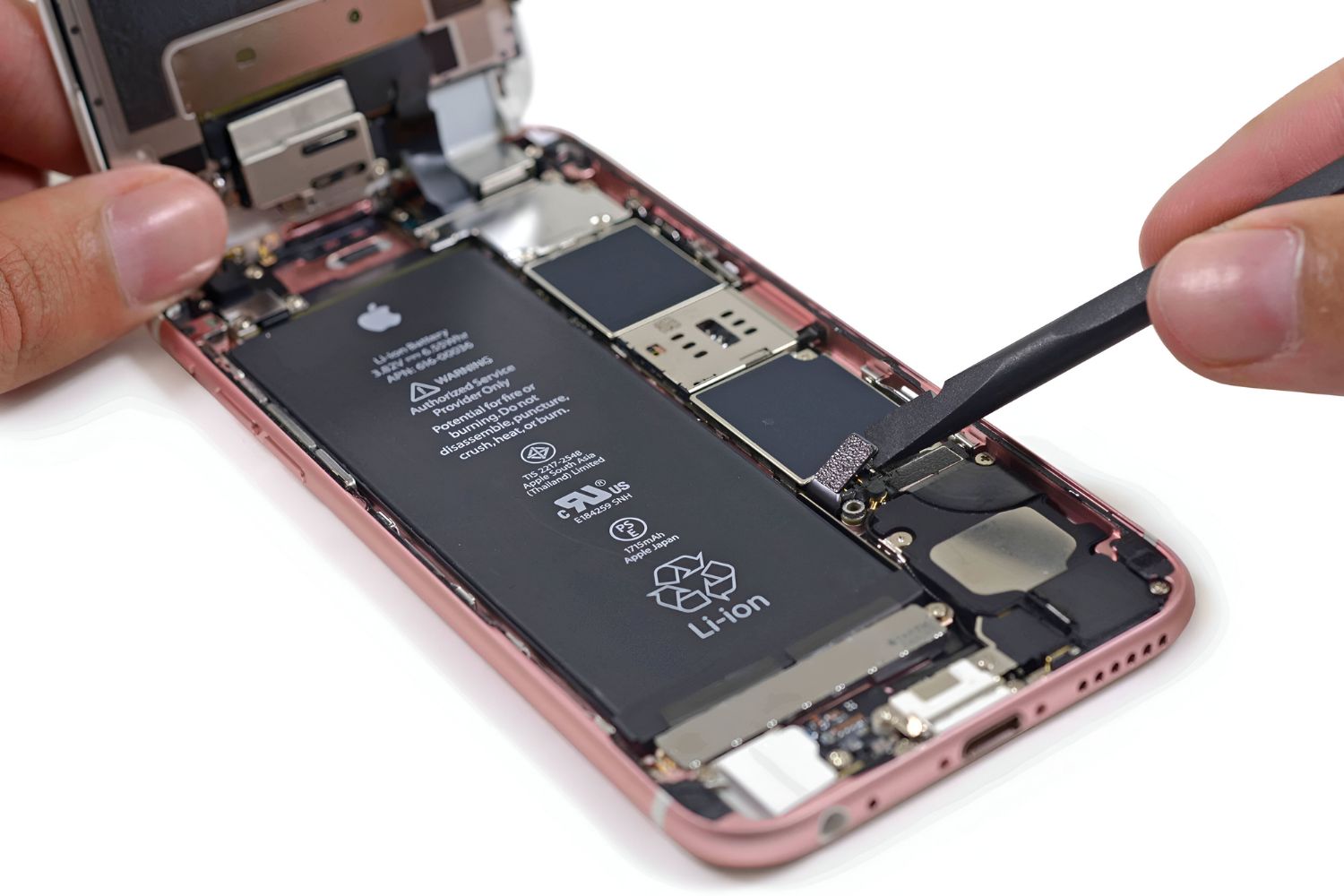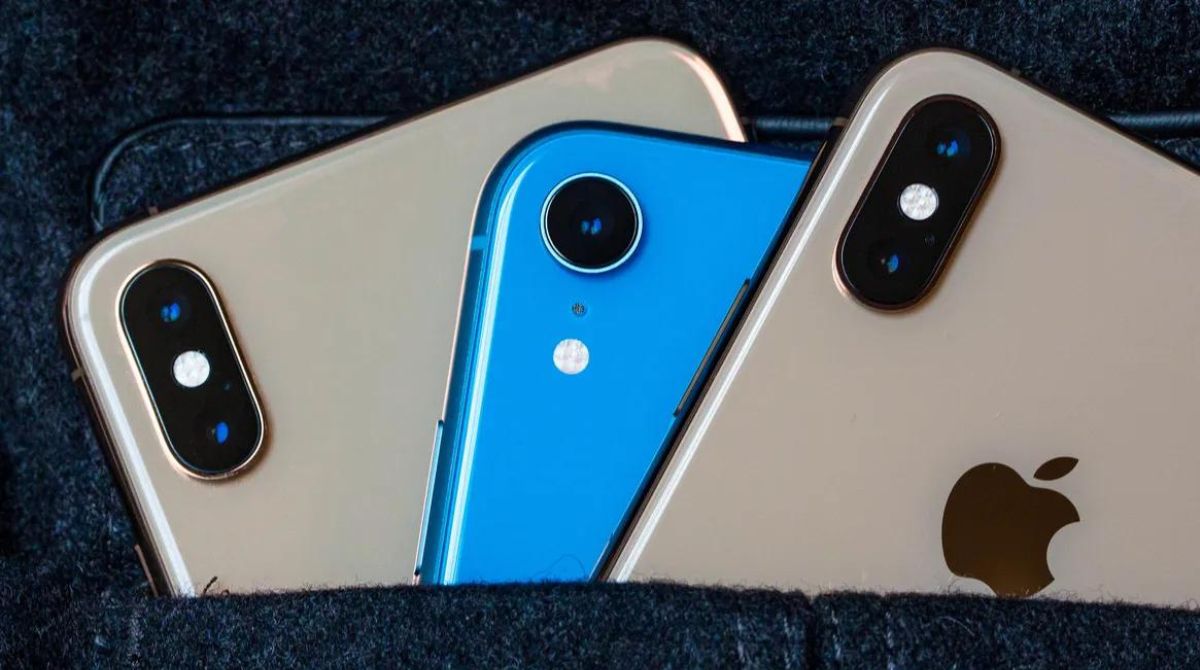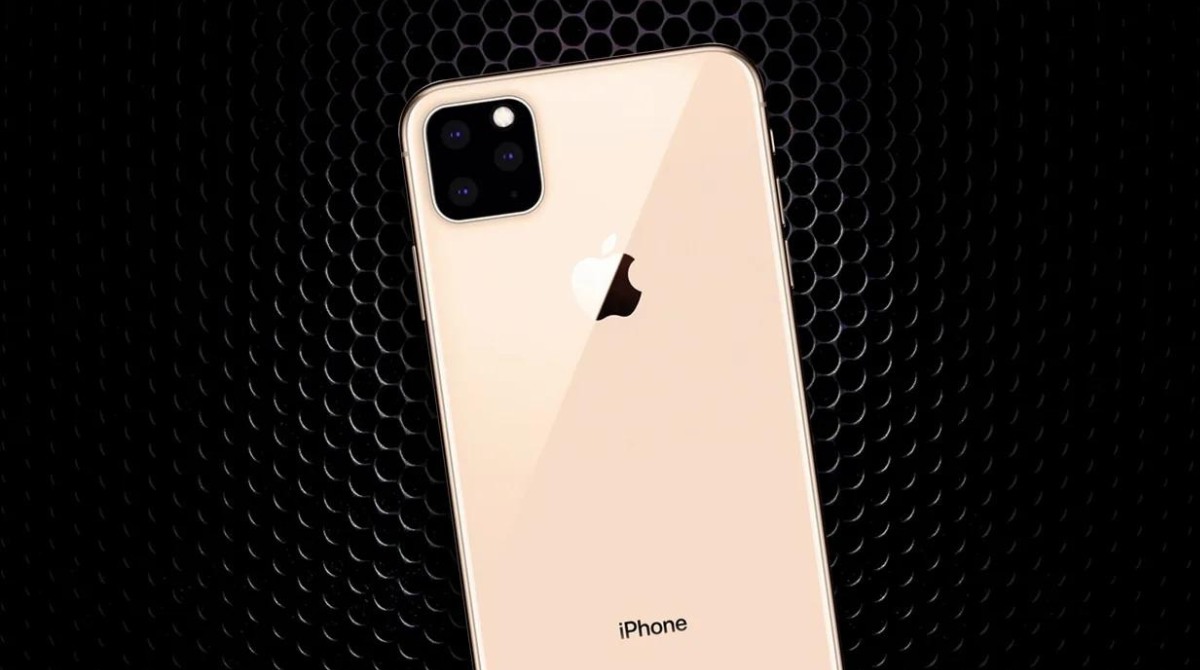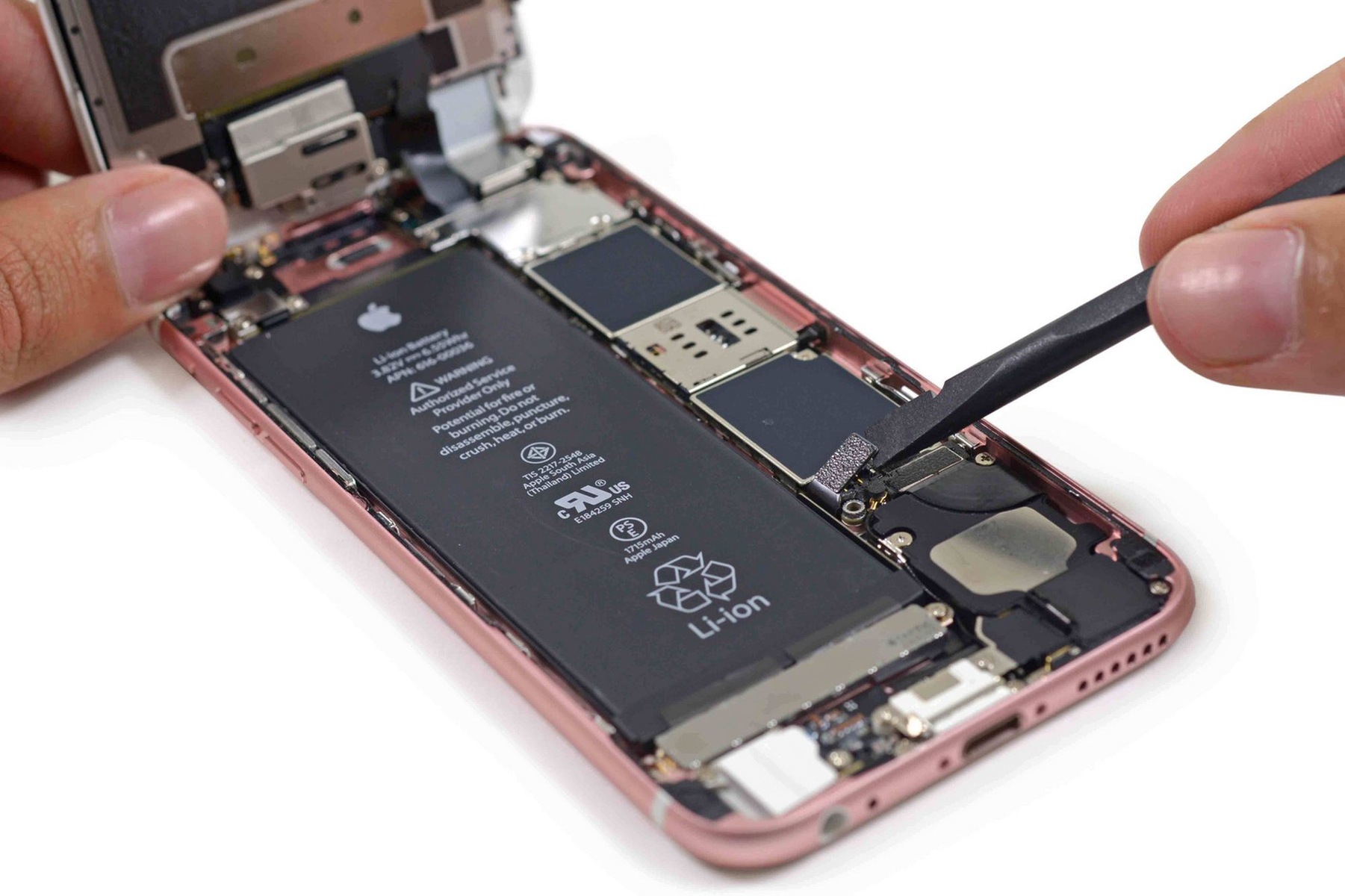Introduction
The iPhone XS is a powerful and highly sought-after smartphone, known for its sleek design, advanced features, and seamless user experience. One crucial component that determines the performance of any smartphone is its Random Access Memory, commonly referred to as RAM. This article delves into the topic of RAM in the iPhone XS and specifically focuses on how much RAM this particular model has.
RAM, or Random Access Memory, is a type of computer memory that stores data temporarily while the device is in use. It allows the smartphone to quickly access and process information, contributing to a smooth and efficient performance. While many factors contribute to the overall performance of a smartphone, RAM plays a significant role in determining how well a device can handle multitasking, run multiple applications simultaneously, and switch between different tasks seamlessly.
When it comes to the iPhone XS, it boasts an impressive list of features, including its powerful A12 Bionic chip and advanced camera capabilities. However, the amount of RAM a device has is often a matter of interest for tech enthusiasts and potential buyers. This article aims to provide clarity on the RAM specifications of the iPhone XS and highlight the importance of RAM in enhancing the overall user experience.
So, without further ado, let’s dive into the fascinating world of RAM in the iPhone XS and explore how its specifications can impact its performance and usability.
What is RAM?
RAM, or Random Access Memory, is a fundamental component of any electronic device, including smartphones. It plays a crucial role in the device’s overall performance and user experience. RAM serves as a temporary storage system for data that is actively being used by the device’s software and applications.
Unlike the long-term storage provided by the device’s internal storage or external memory cards, RAM is volatile, meaning it loses its data once the device is powered off or restarted. This volatile nature allows RAM to provide fast and efficient access to data, making it an essential component in multitasking and quick application loading.
When you open an application on your iPhone XS, the necessary data and instructions for that specific application are loaded into the RAM. This allows the device’s processor to access the data quickly, resulting in smoother performance and reduced loading times.
As you switch between different apps or perform multiple tasks simultaneously, the RAM handles the temporary storage and quick retrieval of data. Without sufficient RAM, a smartphone may struggle to keep up with the demands of multitasking, leading to slower performance and potential application crashes or freezes.
It’s worth noting that RAM is different from the internal storage capacity of a device. While the internal storage holds all your files, documents, apps, and operating system, RAM is solely responsible for handling the active tasks and data that require instant access by the device’s processor.
In summary, RAM is a vital component of any smartphone, including the iPhone XS. It provides the necessary temporary storage and quick data access that enables efficient multitasking and smooth performance. The amount of RAM a smartphone has directly impacts its ability to handle numerous tasks simultaneously, load applications swiftly, and provide an overall seamless user experience.
RAM in iPhones
When it comes to iPhones, Apple has always been known for optimizing their hardware and software to deliver impressive performance without relying on excessive amounts of RAM. Unlike some Android smartphones that come with larger RAM capacities, iPhones have traditionally had smaller RAM sizes. However, this does not mean that iPhones lag behind in terms of performance.
Apple is renowned for its integration of hardware and software, allowing them to optimize the performance of their devices without compromising on efficiency. This is achieved by finely tuning the iOS operating system to work seamlessly with the specific hardware components of each iPhone model.
While Android smartphones may require larger amounts of RAM due to variations in hardware and software compatibility, Apple’s focused approach allows iPhones to deliver excellent performance with relatively smaller RAM capacities.
Apple’s philosophy is centered around ensuring consistent and reliable performance on their devices, regardless of the number of background applications or tasks running. By managing applications more efficiently and optimizing the utilization of available resources, iPhones can deliver smooth operation and quick response times, even with smaller amounts of RAM.
Additionally, Apple’s strict control over the App Store ensures that applications are designed to work seamlessly within the iOS ecosystem, further enhancing their performance on iPhones. The company sets strict guidelines for developers to follow, ensuring that applications are optimized for efficient memory management and minimal resource usage.
It’s important to remember that larger RAM capacities do not necessarily equate to better overall performance. While having more RAM can provide benefits in terms of multitasking and handling resource-intensive tasks, Apple’s optimization techniques enable iPhones to deliver impressive performance without requiring excessive amounts of RAM.
In summary, Apple’s integration of hardware and software allows iPhones to deliver exceptional performance with relatively smaller RAM capacities. The company’s optimization techniques and stringent control over the App Store ensure that iPhones can handle multitasking and resource-intensive tasks efficiently, despite having smaller RAM sizes compared to some Android smartphones.
RAM in the iPhone XS
When it comes to the iPhone XS, Apple carries forward its tradition of optimizing hardware and software to deliver exceptional performance with efficiency. The iPhone XS is equipped with a specific amount of RAM that is carefully chosen to complement the capabilities of its powerful A12 Bionic chip and iOS operating system.
Although Apple does not disclose the exact amount of RAM in its devices, various reliable sources suggest that the iPhone XS comes with 4 GB of RAM. While this may seem relatively small compared to some Android smartphones that offer larger RAM capacities, it is important to remember that Apple’s optimization techniques allow the iPhone XS to make the most out of this smaller RAM size.
The iPhone XS’s 4 GB of RAM may appear modest, but it is more than sufficient to handle the demands of everyday tasks and provide a smooth user experience. Apple’s tightly integrated hardware and software ecosystem work together harmoniously to ensure that applications load quickly, multitasking is seamless, and the overall performance of the device is snappy and responsive.
Furthermore, Apple’s focus on memory management and efficient resource allocation allows the iPhone XS to prioritize and allocate RAM effectively. This ensures that essential tasks and active applications have the necessary resources to operate smoothly while minimizing unnecessary memory usage in the background.
It’s important to note that the iPhone XS’s 4 GB of RAM is selected with careful consideration of the device’s capabilities and the optimization achieved through Apple’s ecosystem. This results in an impressive user experience, even with a seemingly modest amount of RAM.
In summary, the iPhone XS is equipped with 4 GB of RAM, which may be modest when compared to some Android smartphones. However, Apple’s optimization techniques, coupled with the powerful A12 Bionic chip and iOS operating system, allow the iPhone XS to deliver an exceptional performance that exceeds expectations. The device efficiently manages memory, allowing for snappy multitasking, fast app loading, and a seamless user experience.
How much RAM does the iPhone XS have?
One of the most frequently asked questions about the iPhone XS is how much RAM it has. Apple, unlike many other smartphone manufacturers, does not explicitly disclose the RAM specifications of their devices. However, through various sources and reliable industry analysis, it is widely believed that the iPhone XS comes with 4 GB of RAM.
While 4 GB may seem relatively small when compared to some high-end Android smartphones that boast 6 GB or 8 GB of RAM, it’s important to understand that Apple’s approach to hardware and software integration allows them to optimize their devices efficiently. The iPhone XS employs a powerful A12 Bionic chip and the iOS operating system, which work in harmony to make the most out of the 4 GB of RAM.
Apple’s focus on optimization and resource management ensures that the iPhone XS delivers exceptional performance despite the seemingly modest amount of RAM. The company utilizes sophisticated techniques to prioritize and allocate resources effectively, allowing for efficient multitasking, quick application switching, and smooth operation.
It’s important to note that the RAM specifications of a device are just one aspect of its overall performance. Apple’s meticulous optimization of hardware and software ensures that iPhones offer an excellent user experience without relying solely on larger RAM capacities. The integration of the A12 Bionic chip, coupled with the iOS operating system, enables the iPhone XS to deliver fast and responsive performance, even with 4 GB of RAM.
Considering the impressive performance of the iPhone XS, it is evident that Apple’s optimization techniques, along with the 4 GB of RAM, strike a balance between efficient multitasking and resource utilization.
In summary, the iPhone XS is believed to come with 4 GB of RAM. Although this may seem relatively small compared to some Android smartphones with larger RAM capacities, Apple’s integration of hardware and software optimization allows the device to deliver exceptional performance. The powerful A12 Bionic chip and the iOS operating system work harmoniously with the 4 GB of RAM to provide efficient multitasking, quick app loading, and a seamless user experience.
Why is RAM Important?
Random Access Memory (RAM) is a crucial component of any electronic device, including smartphones like the iPhone XS. It plays a vital role in the overall performance and user experience of the device. Here are a few reasons why RAM is important:
1. Multitasking: RAM allows a device to handle multiple tasks simultaneously. When you open and switch between applications, the data and instructions necessary for their operation are stored in RAM. Having sufficient RAM ensures smooth multitasking without significant slowdowns or lags.
2. App Performance: RAM directly affects the performance of applications. When an app is running, it needs to load various resources and perform computations. Ample RAM ensures that the app can access these resources quickly, resulting in faster load times and smoother performance.
3. Speed and Responsiveness: RAM is responsible for holding data that the device’s processor needs to access quickly. More RAM allows for larger amounts of data to be stored, enabling faster processing and a more responsive user experience.
4. System Stability: With sufficient RAM, the system can handle resource-intensive tasks without running out of memory. Insufficient RAM can lead to crashes, freezes, and unexpected shutdowns as the device struggles to manage its resources effectively.
5. Future-proofing: As technology evolves, applications and operating systems become more resource-intensive. Having ample RAM can future-proof your device, ensuring it can handle demanding tasks and the latest software updates without experiencing performance bottlenecks.
6. Gaming and Multimedia: Gaming and multimedia applications often require significant amounts of RAM to run smoothly. When playing graphics-intensive games or editing high-resolution videos, more RAM allows for smoother gameplay and faster rendering times.
7. Seamless User Experience: RAM plays a significant role in delivering a seamless user experience. It contributes to faster app launch times, smoother scrolling, and quicker response times when interacting with the device. With ample RAM, you can navigate through your device effortlessly.
In summary, RAM is a critical component that directly influences the performance, multitasking capabilities, speed, and overall user experience of a device like the iPhone XS. Having sufficient RAM ensures smooth app performance, faster load times, efficient multitasking, system stability, and a seamless user experience. It is an essential factor to consider when evaluating the performance and capabilities of a smartphone.
Benefits of having more RAM in the iPhone XS
The iPhone XS, despite its relatively smaller RAM size compared to some Android smartphones, still offers a remarkable user experience. However, there are undeniable benefits to having more RAM in a device like the iPhone XS. Let’s explore some of these advantages:
1. Enhanced Multitasking: More RAM allows for smoother and more efficient multitasking. With larger RAM capacities, the iPhone XS would be able to handle a greater number of apps running simultaneously without sacrificing performance. This means you can easily switch between apps, run resource-intensive applications, and experience seamless multitasking.
2. Improved App Performance: With more RAM available, applications can access a greater amount of data and resources instantaneously. This results in faster and more responsive app performance, quicker load times, and smoother interactions within the applications. Apps that require significant processing power, such as graphic-intensive games or photo editing software, will benefit greatly from having more RAM.
3. Better Web Browsing Experience: Browsing the internet often involves opening multiple tabs and loading dynamic content. More RAM allows the device to store more web page data in memory, resulting in quicker loading times and smoother scrolling. This ensures a seamless web browsing experience without lags or delays.
4. Efficient Resource Management: Having more RAM enables the device to manage resources more efficiently. The operating system can allocate more memory to background processes, ensuring they do not interfere with the foreground tasks or cause slowdowns. This leads to a more stable system and prevents unexpected crashes or freezes.
5. Future-Proofing: As technology advances, applications and operating systems become more resource-intensive. Having more RAM in the iPhone XS can future-proof the device, allowing it to handle demanding tasks and software updates without compromising performance. This ensures that your device remains responsive and capable of running the latest apps and features.
6. Improved Gaming Performance: Gaming enthusiasts will appreciate the benefits of having more RAM in the iPhone XS. Larger RAM capacities allow for smoother gameplay, faster loading times, and improved graphics rendering. Games with complex graphics and intense processing requirements will run more seamlessly with additional RAM.
7. Enhanced Productivity: More RAM in the iPhone XS contributes to enhanced productivity by allowing you to run productivity apps and tools simultaneously. This is particularly useful for professionals who rely on their smartphones for tasks such as document editing, video conferencing, and data analysis.
In summary, while the iPhone XS already offers impressive performance with its existing RAM capacity, having more RAM would provide notable benefits. The advantages of increased RAM include enhanced multitasking capabilities, improved app performance, smoother web browsing, efficient resource management, future-proofing, better gaming performance, and increased productivity. These benefits contribute to an even more seamless and enjoyable user experience on the iPhone XS.
Conclusion
The iPhone XS is an exceptional smartphone known for its sleek design, advanced features, and impressive performance. While the exact RAM specifications of the device are not explicitly disclosed by Apple, industry analysis suggests that it comes with 4 GB of RAM. Despite this seemingly modest RAM capacity compared to some Android smartphones, the iPhone XS delivers a smooth and responsive user experience.
Apple’s optimization techniques, combined with the powerful A12 Bionic chip and the iOS operating system, enable the device to efficiently manage memory allocation and resource utilization. This allows for seamless multitasking, quick app loading, and a generally fast and responsive performance.
The benefits of having more RAM in the iPhone XS would include enhanced multitasking capabilities, improved app performance, smoother web browsing, efficient resource management, future-proofing, better gaming performance, and increased productivity. However, even with its 4 GB of RAM, the iPhone XS already provides an impressive user experience, thanks to Apple’s meticulous hardware and software integration.
Ultimately, the amount of RAM in a smartphone is just one factor that contributes to its overall performance. Apple’s approach to optimization, along with their stringent control over the app ecosystem, allows them to deliver exceptional performance with relatively smaller RAM capacities.
When considering the iPhone XS, it is important to assess its overall capabilities, including its processing power, camera performance, battery life, and user interface. These aspects, combined with the device’s efficient RAM utilization, make the iPhone XS a highly desirable smartphone for those seeking a reliable and powerful device.
In conclusion, while the iPhone XS may have a smaller amount of RAM compared to certain Android smartphones, Apple’s optimization techniques and the seamless integration of hardware and software ensure that the device delivers impressive performance. The iPhone XS showcases the fact that the benefits of additional RAM can be achieved through efficient resource management and careful software optimization, resulting in a powerful and smooth user experience.







